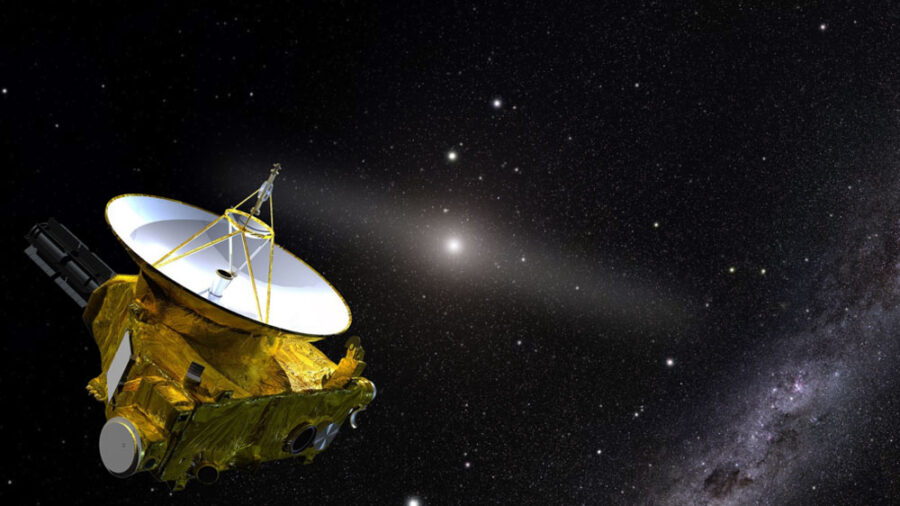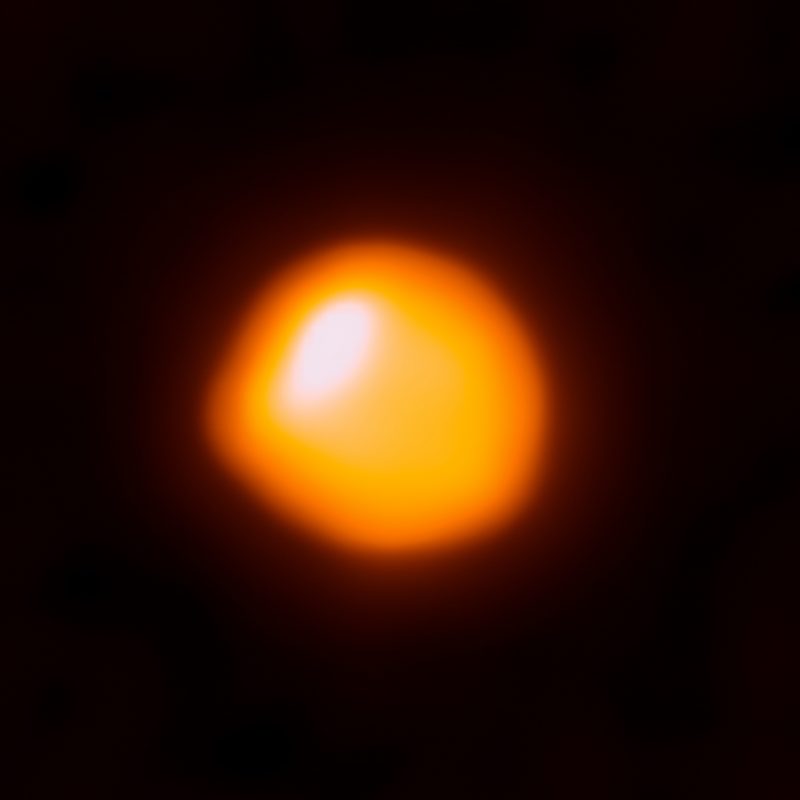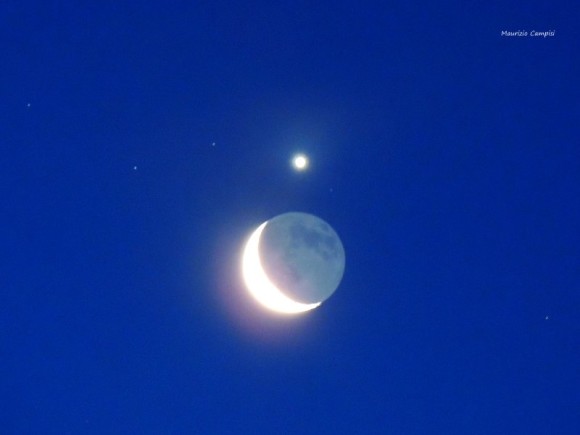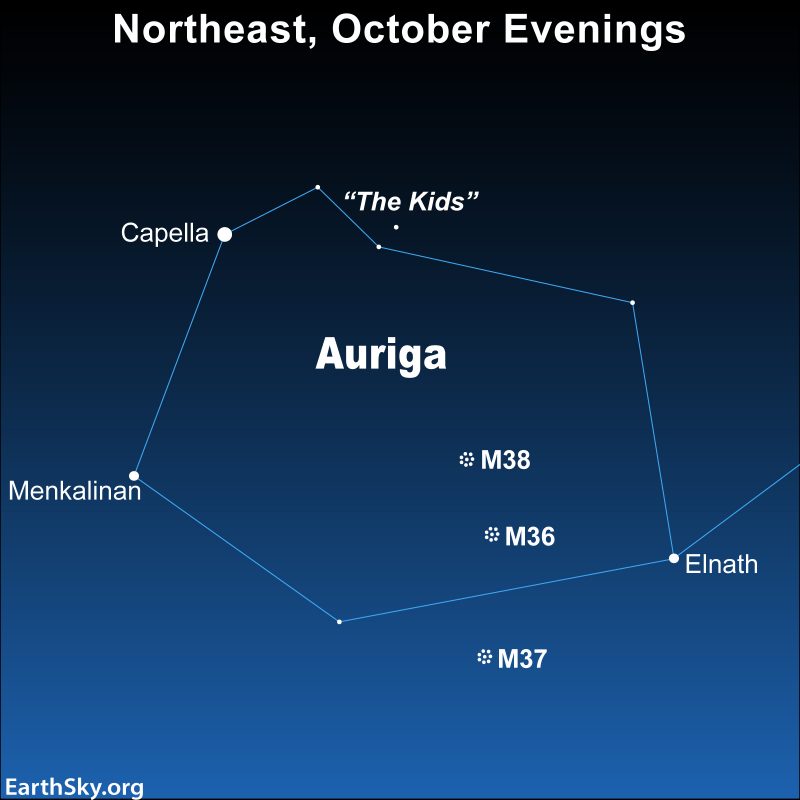Joe Olmsted / STScI
A little over nine years ago, a plucky robot with a huge radio dish for a head and a heart made of radioactive plutonium completed one of the most daring space missions conceived of to date. After hibernating through nearly a decade of interplanetary travel, the probe, earnestly dubbed New Horizons by its dedicated creators, woke up as it neared the dwarf planet Pluto. By design it was then beelining towards its destinations at over 50,000 miles per hour, far too fast to slow down using its limited remaining propellant.
And so, it didn’t. In barely a blink of an eye, New Horizons snapped as many pictures as it could, furiously recorded data from its other instruments, and served as humanity’s first ambassador to the king of the Kuiper Belt before continuing zipping onward into our outer solar system.

NASA / Johns Hopkins University Applied Physics Laboratory / Southwest Research Institute
And then it was over. Though the New Horizons probe was traversing a region never before visited by another mission, there was no planned second destination in mind. Pluto had been the goal, and after the successful flyby, the mission could quite fairly have been declared a triumph and the team could have let New Horizons rest again.
But the probe still had some fuel in its tanks — in a very literal sense. Though New Horizons was traveling on a safe path that wouldn’t take it near any known objects, its controllers could potentially use the onboard thrusters to steer the probe closer to another Kuiper Belt object for a first-of-its-kind investigation. The only flaw in this plan was that when New Horizons left Earth in 2006, astronomers didn’t know of any objects near enough to Pluto to be reachable once the primary flyby was complete. The very first Kuiper Belt objects (besides Pluto) had only been discovered a few years earlier in 1992, and although scientists were beginning to suspect that millions of small planetesimals could inhabit the backwoods of our solar system beyond our planets, they hadn’t found many of them yet.
Unable to let the opportunity to study one of these likely ancient, preserved relics from the formation of our solar system slip away, an international team of astronomers took it upon themselves to search for a second target for New Horizons. Incredibly, the bulk of this work took place while the spacecraft was actively flying towards its eventual destination. The New Horizons team had thrown their hats over the wall, and with limited time before their robot drifted into interstellar space or succumbed to any one of the large number of hazards of the void, they needed to discover a new object quickly.

NASA / Johns Hopkins University Applied Physics Laboratory / Southwest Research Institute / Roman Tkachenko
To spoil the ending: this industrious team was ultimately successful. They discovered a strange, 32-km-long, snowman-shaped object called Arrokoth, and New Horizons performed its second flawless Kuiper Belt flyby on New Year’s Day, 2019. However, though this end result is well known, the effort that went into this search was previously less well documented. This has been recently remedied with a narrative-like article published in The Planetary Science Journal, which details the decade of frantic, build-the-plane-while-flying-it type of work that led to Arrokoth’s discovery, along with the creation of an entire set of tools and best practices that guide many of today’s solar-system mapping efforts.
Early Days
The astronomers’ work began in 2004, in the heady early days of Kuiper Belt research when all of the models were constantly being revised as new discoveries poured in. How many Kuiper Belt objects were out there? How big were they? What orbits did they travel on? These were all uncertain foundational questions, but armed with the Subaru Telescope on Mauna Kea and optimism for quick discoveries, the team set out to answer them.

NAOJ
From 2004 to 2005, the researchers took deep images of wide swaths of the sky as they searched for just the right object along New Horizons’ eventual path. With every new telescope pointing, they imaged stars that had yet to be recorded in any catalog and likely had never been observed by any human before them. While thrilling, this bounty of side-effect discoveries actually complicated their search. There were so many stars in their images, it was exceedingly difficult to spot the faint, moving Kuiper Belt objects that darted among them.
Painstaking manual inspection of all of the images did eventually yield 24 new objects, but none were close enough to New Horizons’ path to be feasible destinations. After dabbling with some citizen science efforts and a handful of new software routines to automate a portion of their workflow, the team regrouped and devised a new strategy for their search.
Heating Up
Between 2011 and 2015, the astronomers began a more intensive observing campaign. Several factors had emerged in the intervening years that tipped the odds of a suitable detection in their favor. For one, new instruments had been designed and installed on several large telescopes, which accelerated the search. For another, the area of the sky they had to sweep was shrinking thanks to the shifting arrangement of the Earth, Pluto, and New Horizons.
Adding to their advantages, this time around the researchers incorporated complex software tools into their analysis from the very start. The enormous quantity of data anticipated from this new search would place immense pressures on the old method of carefully comparing two images by eye to look for the moving objects; it was now time for computers to take the lead.
These new instruments and analysis techniques, along with yet more manual vetting, produced more than 50 additional discoveries. Again though, further analysis on all of these objects confirmed that they were just out of New Horizons’ reach. The probe could wave as it sailed by, but it wouldn’t get close enough to take any useful images of the surfaces. By now, as the mission team approached the actual Pluto flyby and an impending deadline for any final course corrections, time was running short.
Big Guns, Big Future

Buie et al. 2024
Since “…we absolutely had to find an object in 2014,” (Buie et al. 2024), it was time to leave the ground-based telescopes behind and bring in a closer: the most famous telescope in (and off of) the world, the Hubble Space Telescope. The team was ultimately awarded over 200 orbits’ worth of observing time in 2014, and finally, they were rewarded for their efforts with a handful of viable potential targets. One of these would eventually come to be known as Arrokoth, and the rest is history.
This decade of surveying, searching, waiting, and re-scheming ultimately left the planetary science community with another flyby and 80 new Kuiper Belt Objects, yes, but also with techniques less tangible than these discoveries. As astronomers push ever deeper into the night sky and search more and more crowded regions of stars, they often use the observing plans, algorithms, and sometimes the actual code developed as a part of this search. It was a tremendous effort that paid off handsomely, and as we near the 10-year anniversary of our robotic arrival at the Kuiper Belt, a reflection and celebration of how we have learned to study this strange place is in order.
Citation
“The New Horizons Extended Mission Target: Arrokoth Search and Discovery,” Marc W. Buie et al 2024 Planet. Sci. J. 5 196. doi:10.3847/PSJ/ad676d
This post originally appeared on AAS Nova, which features research highlights from the journals of the American Astronomical Society.





No comments! Be the first commenter?